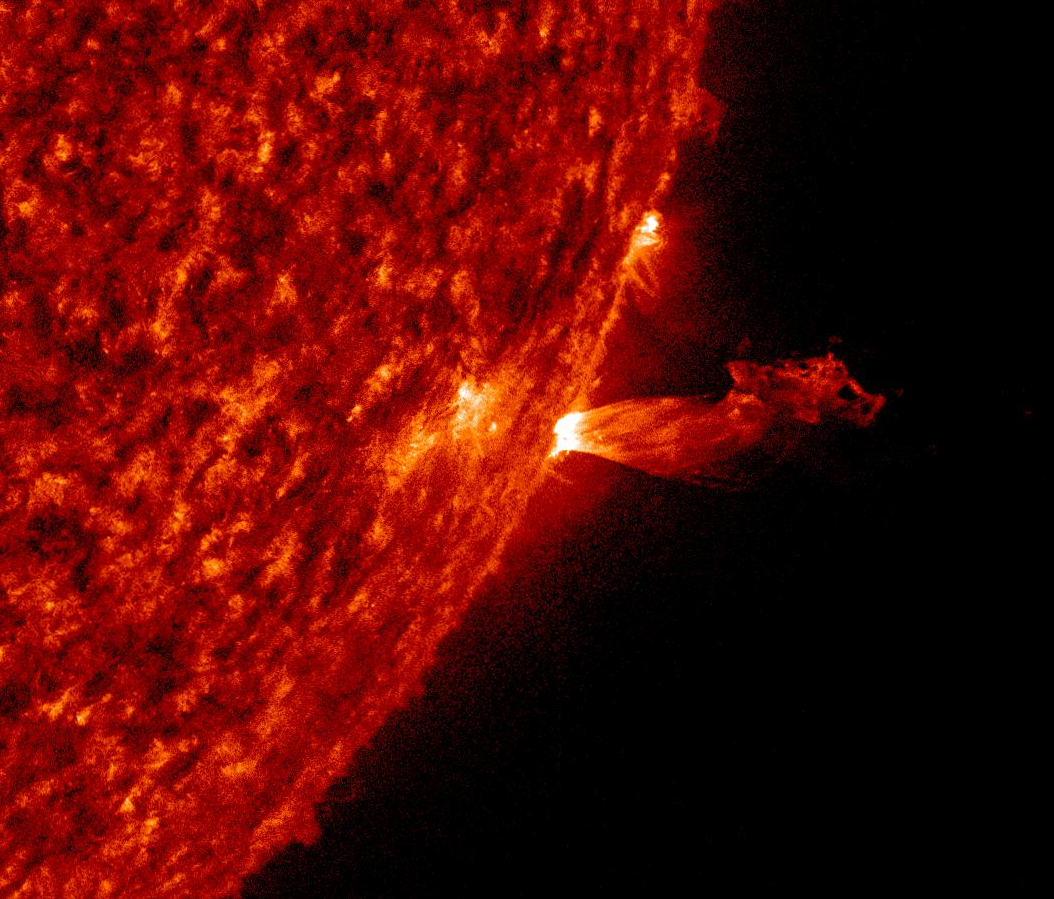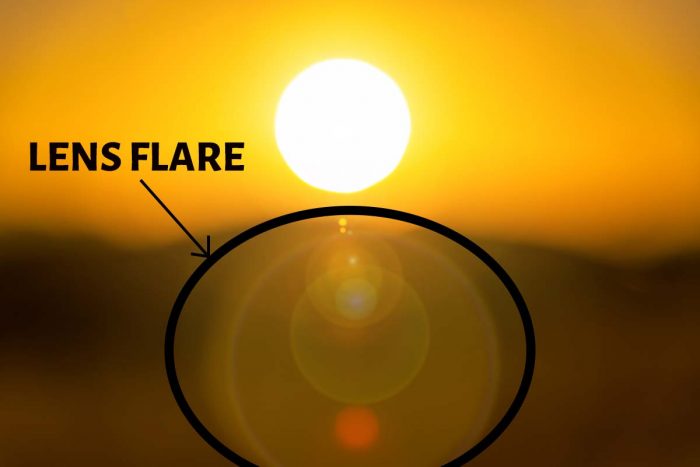
#Mflare from sun free#
The Solar Cycle 25 Prediction Panel, an international group of experts co-sponsored by NASA and NOAA, announced that solar minimum occurred in December 2019, marking the start of a new solar cycle. M Flare - Pocket Evolution Monster List is a free transparent PNG image carefully selected by. "Solar Cycle 25 is starting to get more interesting!" A large region of magnetic field that was rotating off the disk is probably the home of the flares. "There was no active region associated with the X1.5 flare. "There were also several B and C flares, and even one M flare in the day before the X1.5 flare. The Solar Dynamics Observatory blog wrote: "At 1430 UTC on July 3, 2021, the first X-class flare (actually an X1.5 flare) of Solar Cycle 25 was seen on the Sun. Read more: Why economists worry that reversing climate change is hopeless NASA’s orbiting Solar Dynamics Observatory spotted the flare over the weekend. The most powerful on record was an X28 in November 2003. X-class flares are the most powerful solar flares: the one this week was ranked X1.5 – X-class denotes the most intense flares, while the number provides more information about its strength.Īn X2 is twice as intense as an X1, an X3 is three times as intense, etc. for a close analogy between T Tauri stars and dwarf M flare stars. "However – when intense enough – they can disturb the atmosphere in the layer where GPS and communications signals travel.’ INTRODUCTION Our understanding of the Sun during its first 10 Myr of existence is. Harmful radiation from a flare cannot pass through Earth’s atmosphere to physically affect humans on the ground. The Sun emitted a moderate solar flare on April 20, 2022, peaking at 9:59 p.m. NASA said: "Solar flares are powerful bursts of radiation. The Sun emitted a strong solar flare on Tuesday, May 10, 2022, peaking at 9:55 a.m. Read more: A 1988 warning about climate change was mostly right Other signs that the solar cycle is becoming more active include recent coronal loops of plasma spotted on telescopes. Proxima Centauri is our sun’s nearest stellar. The X-Class flare is a sign that the sun is beginning a new cycle of activity - Solar Cycle 25 - which is set to peak in July 2025. A giant flare that is 100 times more powerful than any flare our sun has ever released has erupted from a nearby star, a new study says. The flare produced a pulse of X-rays which hit Earth’s atmosphere and blacked out shortwave radio signals over the Atlantic. NASA has spotted an X-class solar flare (the most powerful solar flares) on the surface of the sun - the first such flare since 2017. One thing I know, I prefer round flares for sunny scenes.The flare blasted out at the weekend (NASA) Having never seen this done, it might actually be too much, or over the top. My only variation on this might be dependent on what you were shooting, for instance it might be interesting to peer into a beehive looking down onto their golden comb with a hexagonal flare, or a flyby of the military’s Pentagon with a pentagonal flare, or a cage fighting match with a octagonal flare. Don’t you think round flares look better in sunny scenes?


Every time I see hexagonal or octagonal flare, it breaks the cinematic mood for me as I’m reminded of camera lens technology. Since the sun is still basically uniformly round, last time I checked, I prefer my sun related flares to match. This is a bit of an odd topic to start, but since I’m noticing various types of lens flares more & more in films, I thought I’d mention my preferences.Īccepting the blue laser flares that span the screen & often feature in music vids or on the mFlare page, I’m specifically talking about the type you see in outdoor shots relating to the sun.


 0 kommentar(er)
0 kommentar(er)
